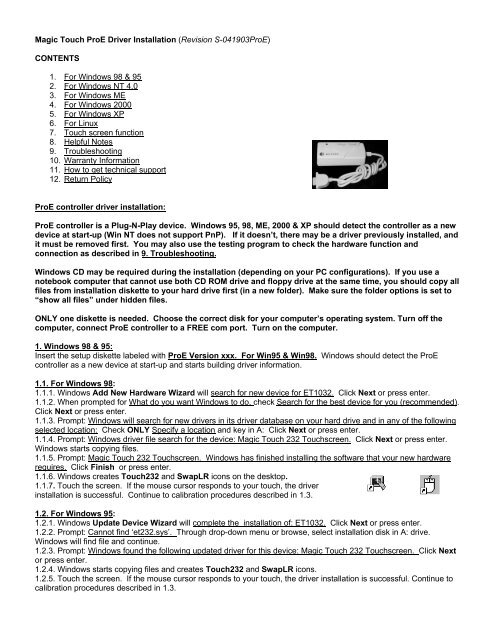Purpose
Device manufacturers can create a UWP device app that serves as a companion to their device. UWP device apps have more capabilities than regular UWP apps and can perform privileged operations, such as firmware updates. Also, UWP device apps can start from AutoPlay (on more devices than other apps can), automatically install the first time a device is connected, and extend the printer and camera experiences built into Windows 8.1 and Windows 10.

Drivers Transact Port Devices Definition
This section describes what UWP device apps are and how device manufacturers can create them. If you're new to UWP device apps, take a look at Getting started.
On Windows 10, a device driver is an essential piece of code, which allows the system to interact with a specific hardware (such as graphics card, storage driver, network adapter, Bluetooth, etc. Also, UWP device apps can start from AutoPlay (on more devices than other apps can), automatically install the first time a device is connected, and extend the printer and camera experiences built into Windows 8.1 and Windows 10. This section describes what UWP device apps are and how device manufacturers can create them. Fix USB Drivers using Device manager. View our post on fixing USB Driver issues in Windows 8. Go to Menu Run; Type device manager in the text box; Select Device Manager; Find Universal Serial Bus controllers and expand the list; Right-click Unknown Device; Select Properties from the context-sensitive menu; Select Drivers; Click Update Driver. (audio miniport driver, audio port driver) (storage miniport driver, storage port driver) (battery miniclass driver, battery class driver) (HID minidriver, HID class driver) (changer miniclass driver, changer port driver) (NDIS miniport driver, NDIS library) Note As you can see in the list, several of the models use the term class driver for the general portion of a driver pair. This kind of class driver is different from a standalone class driver and different from a class filter driver. If you have to manually install a driver for the device — perhaps the driver is already installed on your system — you can use the Update Driver button in the device’s Properties window. If the device driver is already installed on your system, click the “Browse my computer for driver software” link and choose an installed driver.

If you're looking for info about UWP mobile broadband apps, see Mobile Broadband.
In this section
Drivers Transact Port Devices Gigabit
| Topic | Description |
|---|---|
This section provides a glimpse of what's new for UWP device apps. | |
Start here to begin building UWP device apps. | |
This step-by-step guide describes in detail how to build a UWP device app with Microsoft Visual Studio and the Device Metadata Authoring Wizard. | |
This topic describes how to use the Device Metadata Authoring Wizard to enable AutoPlay. It also describes how to handle AutoPlay activations in your app. | |
In Windows 8.1, your UWP app can use a device background task to synchronize data on your peripheral device. If your app is associated with device metadata, that UWP device app can also use a device background agent to perform device updates, such as firmware updates. | |
This section introduces UWP device apps for printers. | |
This section introduces UWP device apps for cameras. | |
This topic introduces the ways that UWP device apps can access internal devices. | |
This topic describes how automatic installation works and how the app, metadata, and drivers can be updated and uninstalled. | |
This topic provides steps for a driver developer to associate a driver with a Universal Windows Platform (UWP) app. | |
This topic provides steps for an app developer to associate a Universal Windows Platform (UWP) app with a Universal Windows driver. |
